A Hong Kong Shipping Icon
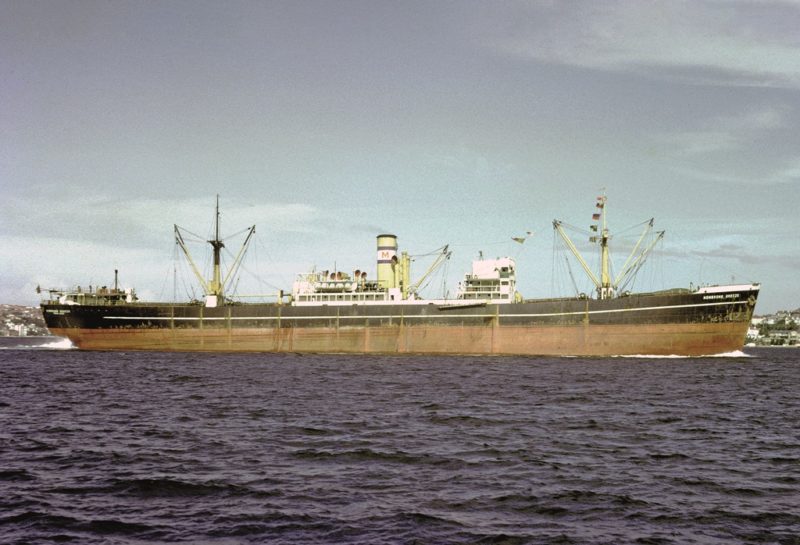
From about the mid 1950s right through until the mid 1990s Hong Kong was extremely active within the shipping world. Many shipping empires were built (and lost it must be said) which dominated the Far East, as well as internationally. One of those Hong Kong icons was John Manners & Co. Ltd. with whom I had the pleasure of sailing as a very young Third Mate during the mid-1960s, on one of their ships named Asia Breeze.
John Manners must surely be one of Asia’s forgotten fleets, because from my personal memories seldom if ever did a day pass without seeing one of their vessels in Hong Kong’s Victoria Harbor. Contrary to many other Hong Kong ship owners of the period who favoured an all black funnel, commonly referred to as a ‘Hong Kong Dustbin’, John Manners featured a distinctive funnel, buff with black top and a red ‘M’ on a white background between two blue bands. It was very conspicuous to the eye. Their ships were generally always very well maintained and presented.
I joined the ship at Yau Ma Tei anchorage at Hong Kong in January 1965 for an intended 3 month voyage to load a cargo of Copra at various ports around the Philippines. The Asia Fir as it was then known, later changed name and became Asia Breeze. She was the ex-Denholm’s vessel Carronpark and it must be said, quite a handsome vessel for the era. The company employed a mix of British, Australian and New Zealand senior officers with junior officers usually from Hong Kong and other regional countries. They were well run and happy ships I recall from my dealings with them.
R.P. de La Sala
Robert Perez de La Sala (1908-1967) who was known simply as R. P. within the company was to become the employee turned owner of Hong Kong based John Manners & Co., who built a global shipping and trading empire, reaching its peak in 1960s, which included a sizeable fleet of vessels, most of them ending with the word Breeze, or prefixed with San in its name. However, shipping was only a part of R. P.’s vast business empire.
Born in Manila in 1908 and educated at St. Joseph’s College in Hong Kong and Seminario de Sao Jose in Macao, R. P. joined the British shipping agent and import/export firm of John Manners & Co. in Hong Kong in 1922, before he turned 14, as an apprentice. The firm was founded in 1915 in Hong Kong by John Manners, a former employee of the German trading house of Siemssen & Co., whose operations in the British colony were suspended at the outbreak of World War I. The firm became Manners & Backhouse in 1916 when it joined forces with James H. Backhouse & Co. In 1923, Backhouse left the firm and the name reverted to John Manners & Co.
R.P. controlled a string of shipping companies including Manners Navigation Co. Ltd. (formed in 1947 as San Jeronimo Steamship Co. Ltd. and renamed in 1952), Cambay Prince Steamship (incorporated in 1938), Compass Shipping (formed as China Shipping in 1941, dissolved in 1999), Cronulla Shipping (formed as Samarinda Coal & Trading in 1941, renamed in 1967, dissolved in 1999), North Breeze Navigation (formed in 1958, dissolved in 1998) and South Breeze Navigation (formed in 1958, dissolved in 1999) and a series of Panamanian companies such as Compania de Navagacion Paloma, Isabel Navigation S.A. San Antonio, San Jeronimo, San Miguel, and San Fernando.
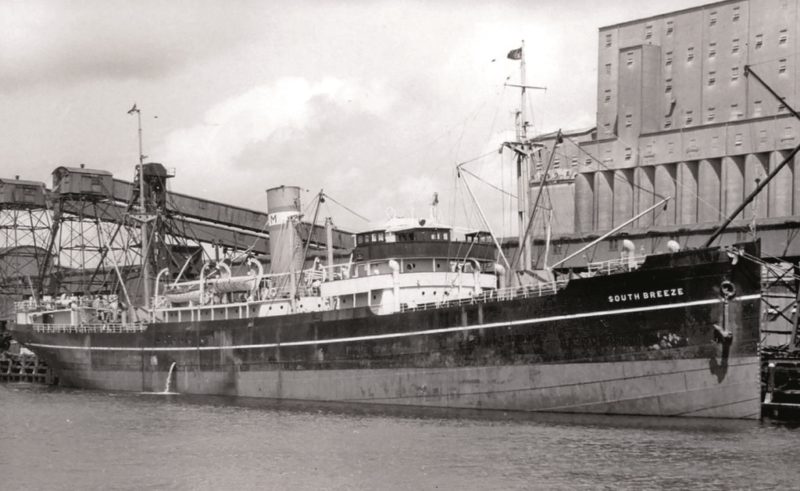
By the late 1950s and early 1960s, the Manners group owned at least two dozen cargo steamships amongst which were Yangtze Breeze (7,310grt, built in 1945 as Empire Mauritius), Wear Breeze (7,562grt, launched as Empire Perak in 1944, acquired in 1957, broken up in 1962), Tyne Breeze (7,067,grt built in 1943 as Empire Duchess, acquired in 1958, sold in 1963), Hongkong Breeze (7,271grt, built in 1943 as Caxton, acquired in 1958, sold in 1965), Suva Breeze (7,954grt built in 1943 as Empire MacAlpine, acquired in 1960, sold in 1965), Kembla Breeze (3,352grt, built in 1923 as Elouera, acquired in 1956, broken up in 1959), Torres Breeze (3,352grt, built in 1921, acquired in 1957, sold in 1959), Straits Breeze (3,292grt, built in 1938 as Kooringa, acquired in 1959, sold in 1965), Clyde Breeze (3,236grt, built in 1924 as Ulooloo, acquired in 1957, sold in 1962), Troon Breeze (2,942grt, built in 1943 as Empire Dirk, acquired in 1956, sold in 1964), Tees Breeze (2,906grt, built in 1943 as Empire Mountain, acquired in 1956, sold in 1964), Yarra Breeze (2,363grt, built in 1915 as Goulburn, acquired in 1955, sold in 1960), Tweed Breeze (1,876grt, built in 1919 as Merganser, acquired in 1956, renamed San Jeronimo in 1961, broken up in 1962), San Eduardo (3,067grt, built in 1930 as Waimarino, acquired in 1957, sold in 1964), San Roberto (2,826grt, built in 1926 as Waipiata, acquired in 1956, sold in 1966), Brenda (1,388grt, built in 1930 as Kini, acquired in 1956, sold in 1961), Asia Breeze (5,328grt, built in 1949 as Carronpark, acquired in 1965, sold in 1970), Sydney Breeze (4,944grt, built in 1937 as Dunkeld, acquired in 1957, renamed San Ernesto in 1964, sold in 1966), and Cronulla (4,239grt, built in 1938 as Barossa, acquired in 1964, broken up in 1969).
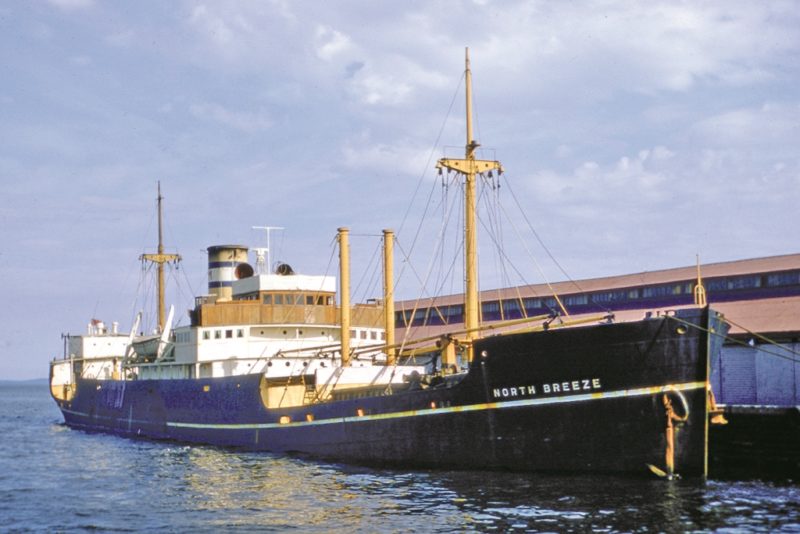
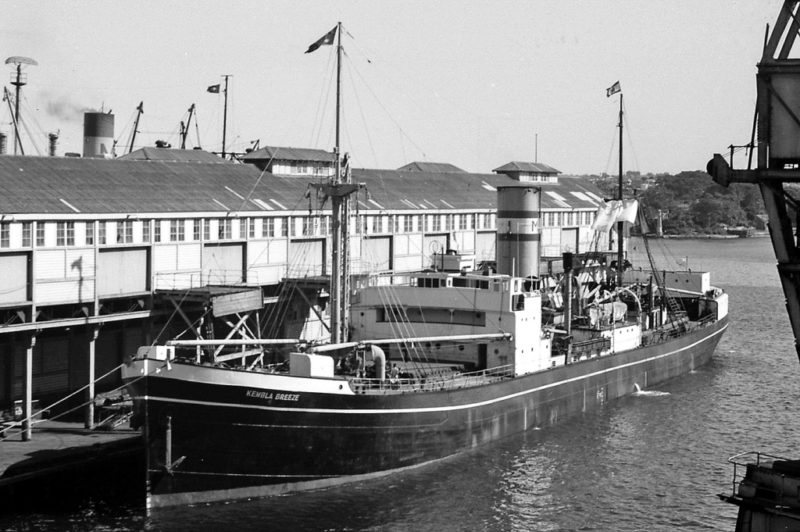
Manners also controlled four vessels by the compass names of East Breeze (8,708grt, built in 1957 at the Kawasaki Dockyard in Kobe, sold in 1965), South Breeze (2,818grt, built in 1929 as Ragnhildsholm, acquired in 1954, renamed Sunda Breeze in 1960, San Jerinimo in 1966 sold in 1968), West Breeze (8,718grt, built in 1958 by Kawasaki at Kobe, sold in 1973) and North Breeze (3,342grt, built in 1929 as Hallingdal, acquired in 1954, renamed San Antonio in 1963, sold in 1967). Of this group the 3,606grt freighter West Breeze was the most prominent as it was the first British flagged ship to transit the Suez Canal after it was nationalized by the Egyptian government in 1957.
John Manners was always a very progressive company and in 1961, they appointed a 30 year old Hong Kong Chinese captain to their Hong Kong Breeze, thus becoming the first Chinese to hold such a position on a foreign owned vessel. Two other famous Hong Kong shipping tycoons, T. Y. Chao of Wah Kwong and D. L. Wu of Taiships also started their maritime careers at the Shanghai branch of John Manners & Co.
During Typhoon Wanda in September 1962, the 2,329 grt freighter Cronulla keeled over at the China Merchants’ company pier in West Point. The Hong Kong government gave Manners Navigation as the ship’s manager six months to shift the wreck as it was blocking the pier. When no buyers materialized, Chiap Hua Manufactory was granted the salvage job on condition that it was taken to Gin Drinkers Bay for scrap.
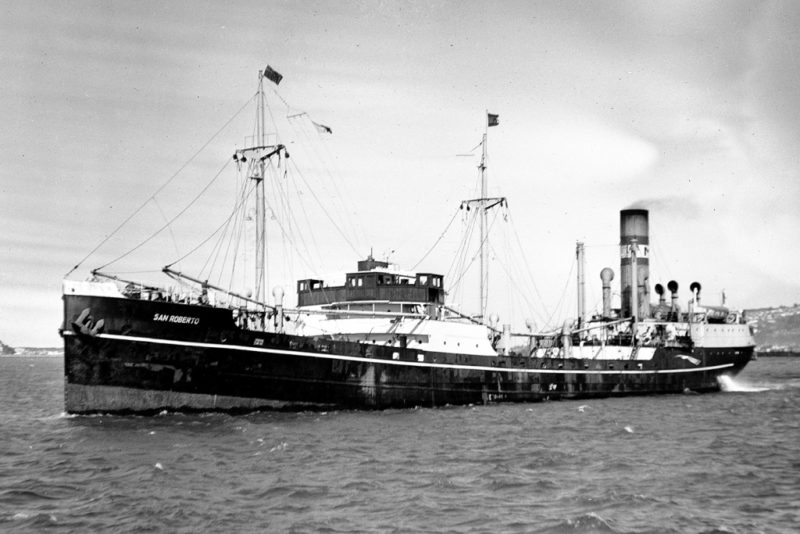
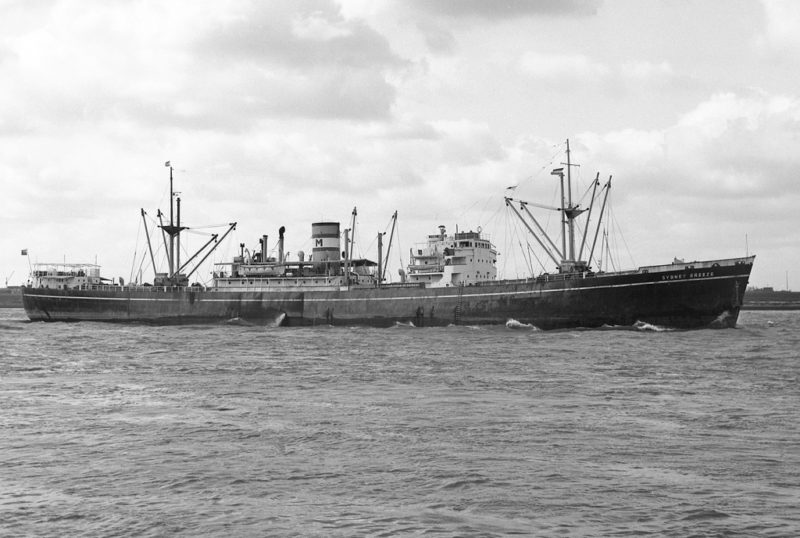
The Manners group was already a very global operation by the early 1950s with offices in London, New York, Sydney, Tokyo, Macau, Haiphong, Singapore, Jakarta and Dili (East Timor). In the early 1960s, R. P. established Australaska Corporation, Alaska Enterprises and Cosmopolitan Development in Alaskato, purchased real estate in Anchorage and sent his comptroller S. B. Mitford, who had worked for Manners Hong Kong as accountant for 9 years over to Alaska to help manage the interests. Mitford worked there for 16 years but later sued the La Sala family over compensation. Concerned about estate duties in Hong Kong, R. P. also contemplated moving his primary base to Brazil where he had established a peanut oil factory in Ourinhos in the 1960s but ultimately picked Australia where he and his family eventually settled.
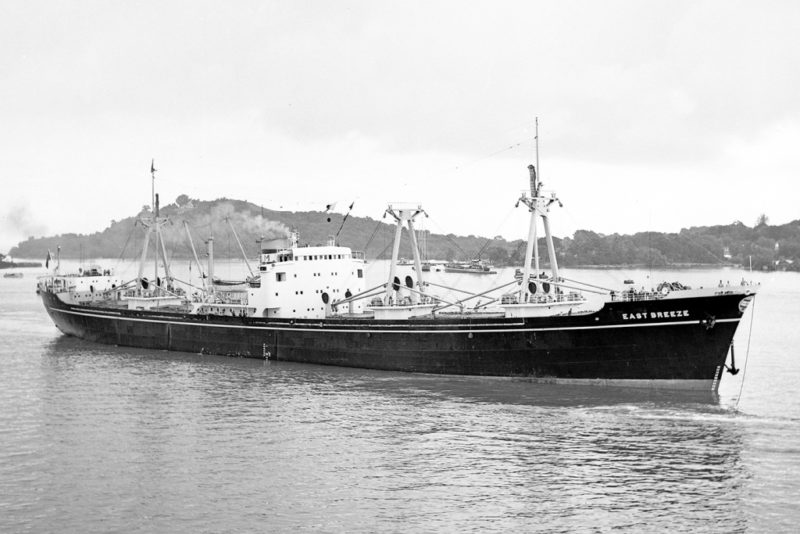
Shun Fung Ironworks
In Hong Kong, the most prominent industrial enterprise started by R. P. De La Sala was Shun Fung Ironworks, which was a leading producer of rebars, steel bars used for reinforcement of concrete in construction from the 1950s to 1980s.
Shun Fung was formed in 1951 when the De La Sala interests asked the 28 years old Leung Lai-yuen, the son of King’s Theatre proprietor Liang Chi-hao and older brother of TV executive and politician Selina Chow who was involved in the soap making business to look into the accounts of the struggling Ying Fong Ironworks, which operated a manually operated rolling mill at 8-10 Ivy Street in Tai KokTsui which cut up steel plates of ships, melted them in a furnace and rolled them into bars.
De La Salas and Leung took over the mill which was producing 200 metric tonnes of bars per month and renamed it Shun Fung. In 1953, Shun Fung established an automatic rolling “mini-mill” at 423, To Kwa Wan Road in Ma Tau Kok with the first electric arc furnace in Hong Kong, which was used to melt scrap metal for production of rebars. The next year, a 10 tons electric arc furnace was added and a third one was added in 1957, bringing its production to 15,000 tons per year.

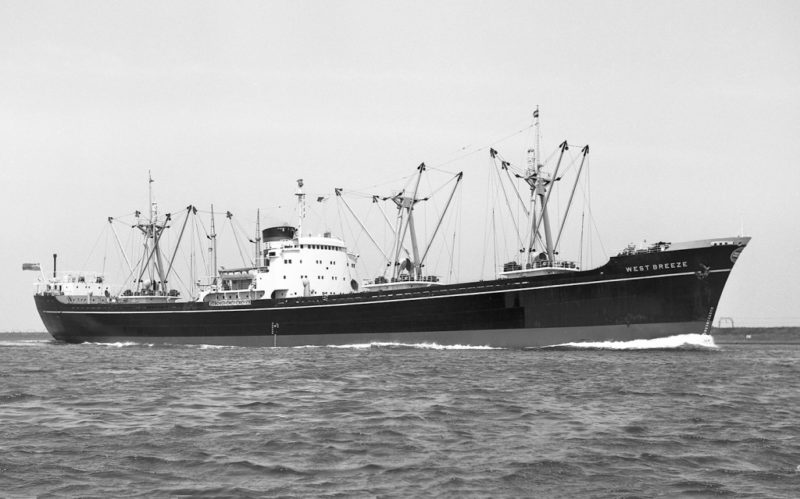
At this point the firm had 130 workers between the two plants with R. P. as managing director and his lieutenants Leung, C. P. Nissen and B. P. C. Fletcher and his son Ernest Ferdinand de Lasala as directors.
In 1959, Shun Fung made its highest profile purchase for source of scrap, the 10,400 tons WWII US aircraft carrier Shamrock Bay, the first US warship purchased by a Hong Kong firm.
Based on court records, it appears that Leung acquired Shun Fung from De La Salas the same year for HK$2.2 million. It is unclear as to why De La Salas decided to exit the Shun Fung business.
R.P. himself had complained about the relative weakness of heavy industries in Hong Kong in 1958 as he found cheaper and better ships built in Japan for his own fleet and urged the Hong Kong government to provide more support for local industries in terms of land and infrastructure.

Family Feud
Outside of business, R. P. was a major racehorse owner, first in Hong Kong and from 1952 onwards in Australia where he owned champion horses.
Aside from horses, the family has operated John Manners & Co. (Australia) Pty. Ltd. and built up a large portfolio of property holdings in Australia including the office building De La Sala House on Clarence Street in Sydney and the Chevron Hilton Hotel in Sydney, the first post-war modern hotel in the city, which was acquired in 1963 in partnership with two other businessmen.
R.P. married Camila Vasquez in HK with whom he had five children (by order of birth).
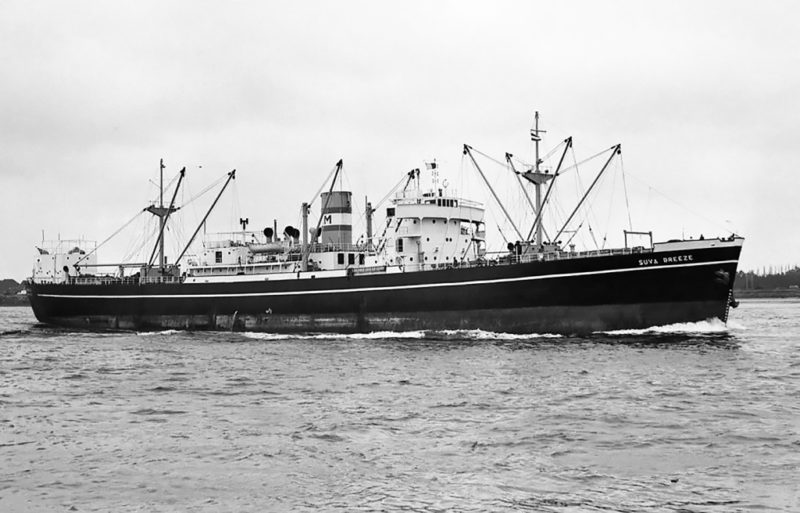
Having started working early in his life, R. P. attempted to retire as early as 1952 at his 30th anniversary with Manners by making his brother in law Bertram Peter Charles Fletcher and his lieutenant C. P. Nissen joint managing directors of the firm and then fully retire by 1958.
The turmoil in the shipping industry and his reluctance to let go pushed these plans back year after year and he was still in charge in April 1967 when he died suddenly in his sleep in Sydney, weeks before his scheduled retirement in June 1967.
His eldest son Tony was not interested in shipping and business and after a brief stint at Manners in Hong Kong he returned to Australia where he managed a shopping centre owned by the family later in his life. His second son Ernest started at Manners Australia in 1952 and joined the board of Manners Hong Kong in 1953 and became joint managing director with his father in 1957 and ultimately took over the family business and acquired his brother Tony and sister Isabel’s shares in the group. Over time, Ernest shifted the base of the family business to Singapore where John Manners & Co. (Malaya) Pte. Ltd. had been established since 1948 while the rest of his family stayed in Australia.
Through the 1990s, Ernest cashed out of physical shipowning and various business and built up a large portfolio of liquid assets. After R. P.’s wife Camila, the family matriarch, died in 2005, four years of law suits and countersuits took place in Singapore between family members starting in 2012 as Ernest was accused by his nephew and niece of transferring US$600-800 million of the family fortune to his personal accounts in 2011. In 2017, Justice Quentin Loh of Singapore ordered Ernest to pay damages to his relatives.
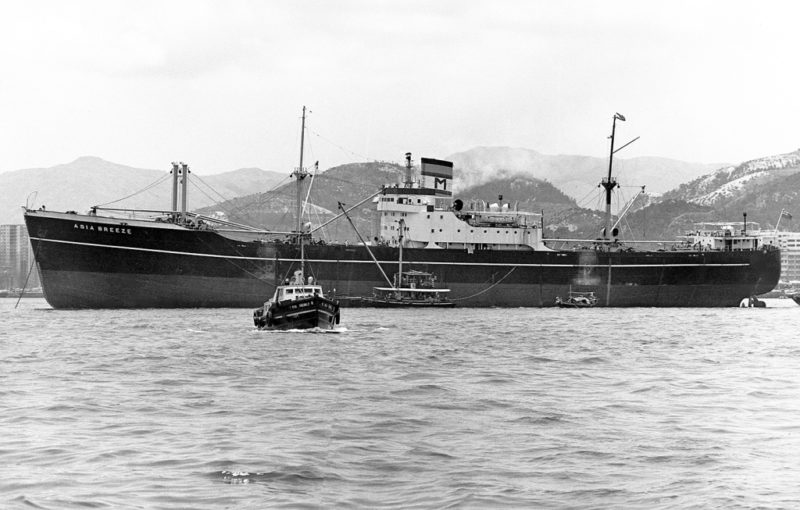
POSTSCRIPT
During the period 1950-80s, these ships of the legendary John Manners fleet were frequent callers at Victoria Harbor. Their ships truly were the workhorses of South East Asia and without doubt the company was a absolute Hong Kong icon during the Colony’s golden era of shipping between 1950-1980s.
As I alluded to earlier, many of the John Manners shipping group subsidiaries finally ceased operations in Hong Kong during the late 1990s.
Alas, John Manners can now be added to the long list of forgotten fleets but shall remain legendary in Hong Kong’s maritime history and the source of much nostalgia for those engaged in the shipping industry during those adventurous years.
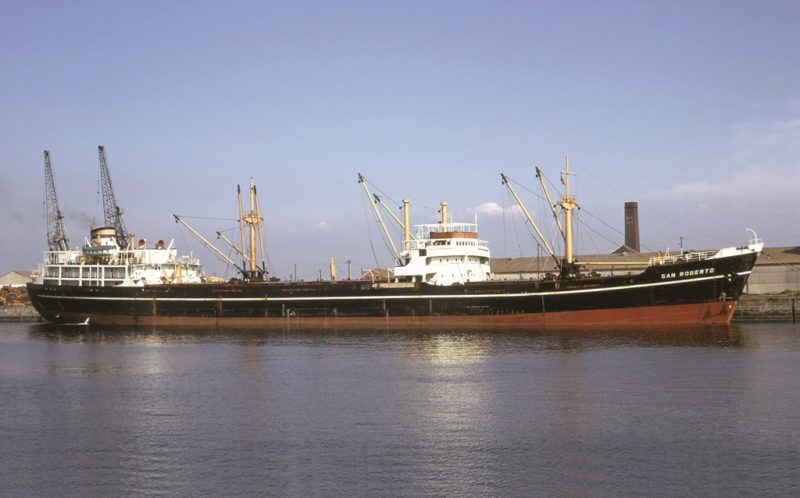
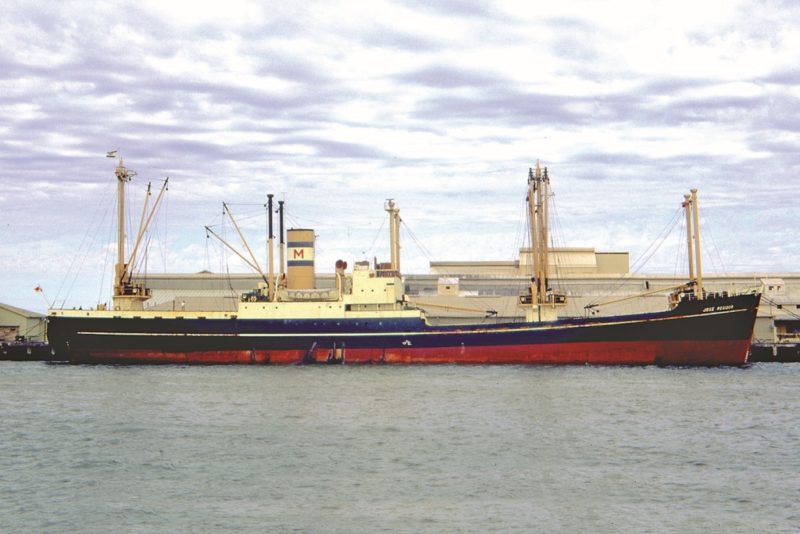

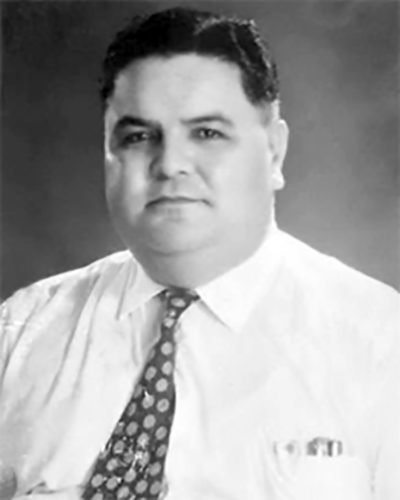
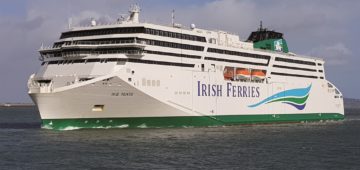



Comments
Sorry, comments are closed for this item